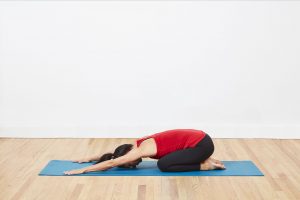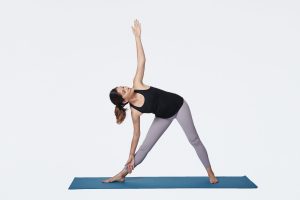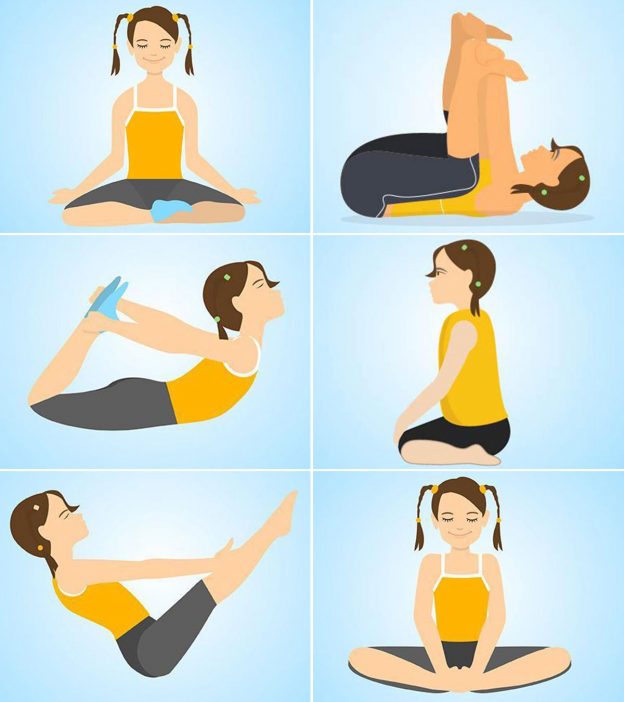Yoga guide for beginners
It’s time to get out your yoga mat and experience the unique blend of physical and mental activities that have enthralled yoga practitioners all around the world for thousands of years. Yoga’s beauty is that you don’t have to be a yogi or yogini to benefit from it. Yoga has the ability to soothe the mind and strengthen the body, whether you are young or elderly, overweight or fit.
These ten positions provide a full yoga exercise. Slowly transition from one posture to the next, remembering to breathe as you go. Pause after any posture that is difficult for you, especially if you are out of breath, and resume after your breathing has returned to normal. Each posture should be held for a few calm breaths before moving on to the next.
- Plank
Plank is a common exercise that strengthens the core, shoulders, arms, and legs. If you want to tone your abs and strengthen your upper body, plank posture is an excellent choice. If you have carpal tunnel syndrome, avoid plank posture. It’s not easy on the wrists. If you have low back discomfort, you may want to skip it or alter it. By putting your knees on the floor, you may make it more comfortable.

- Child Pose
This is an excellent default pause posture since it is relaxing. Child’s pose can be used to relax and refocus before moving on to the next posture. It stretches and relaxes your lower back, hips, thighs, knees, and ankles while gently stretching and relaxing your spine, shoulders, and neck. When you want to give your neck, spine, and hips a good mild stretch. If you have issues with your knees or ankles. If you have high blood pressure or are pregnant, stay away from it. Your head can be supported by a pillow or a block. If your ankles are bothering you, put a wrapped towel beneath them. As you breathe, concentrate on relaxing the muscles of the spine and lower back.

- Triangle Pose
Triangle, a common yoga sequence, strengthens the legs while stretching the hips, spine, chest, shoulders, hamstrings, and calves. It can also assist to improve hip and neck mobility. This is an excellent position for increasing strength and endurance. If you have a headache or low blood pressure, avoid this posture. Turn your head downward in the last posture if you have high blood pressure. If you have neck pain, don’t look up; instead, gaze straight ahead and keep both sides of your neck long. Continue to extend your arm toward the ceiling. It aids in maintaining the pose’s buoyancy.

- Bridge Pose:
This backbend extends the chest, back, and neck muscles. The back and hamstring muscles gain strength as well. This position can help you expand your upper chest if you sit most of the day. If you have a neck injury, do not do this position. To maintain your legs and feet in perfect alignment, place a block between your thighs. If your lower back hurts, you can also put a block beneath your pelvis. Keep your chest raised and your sternum near your chin while keeping this posture.


